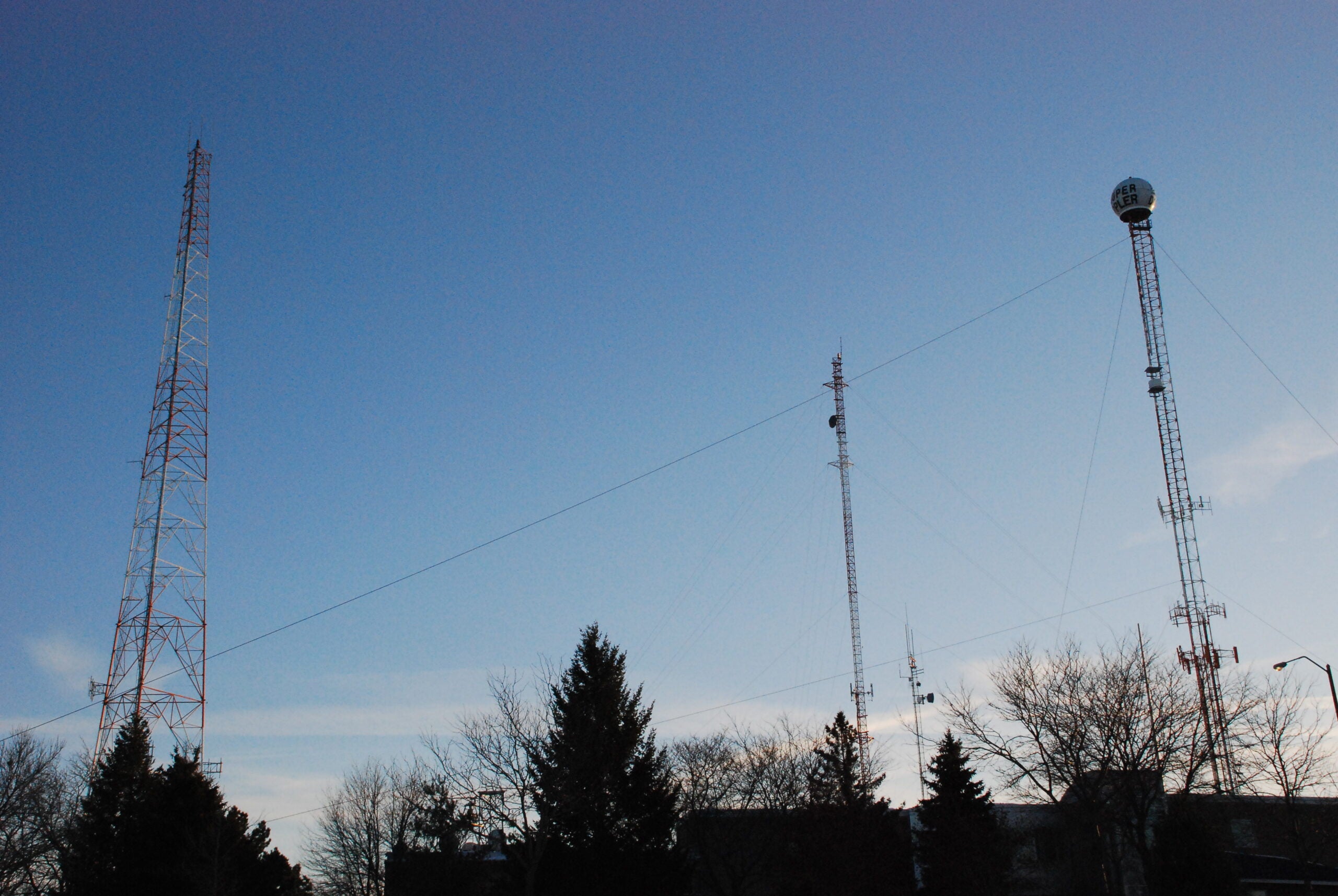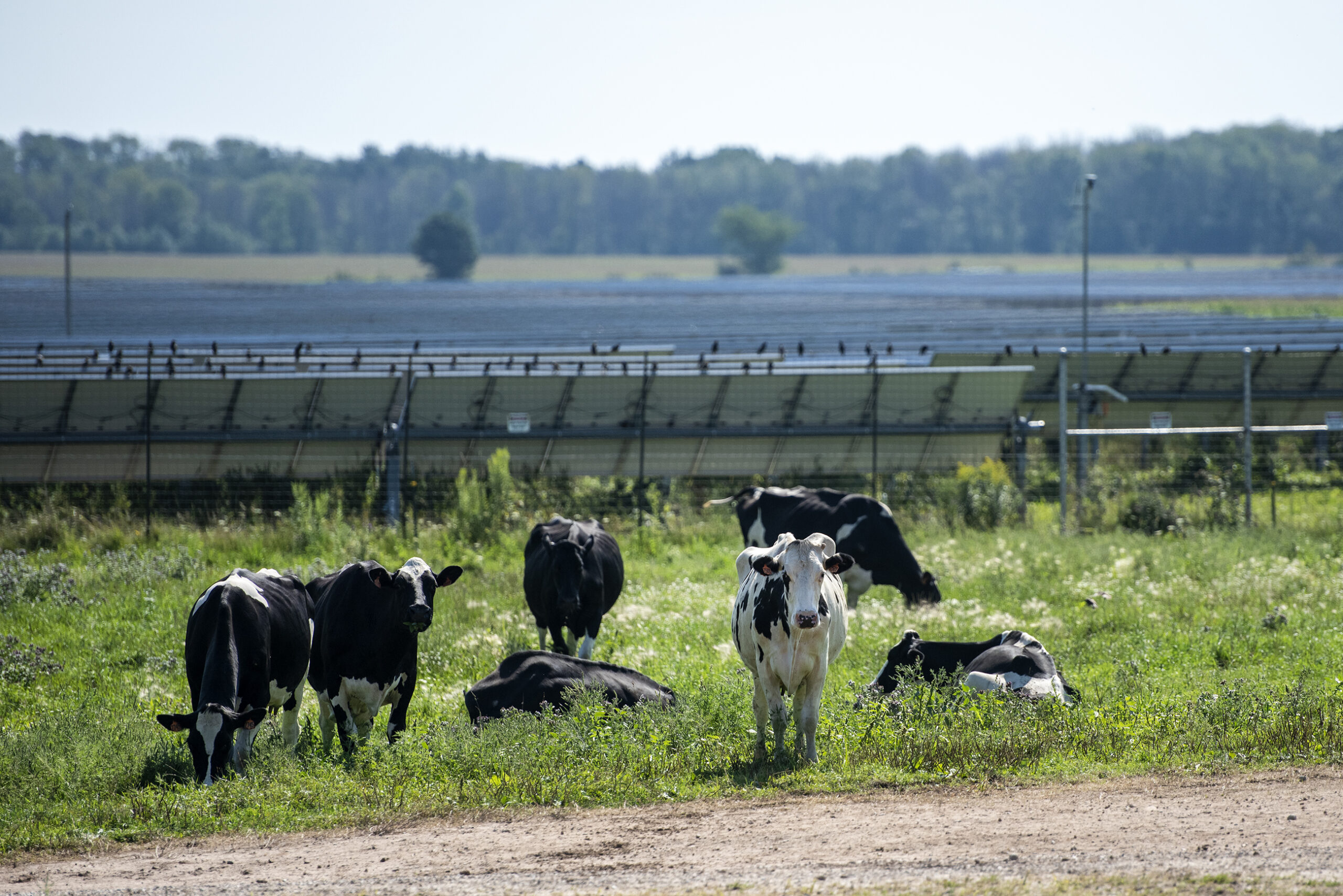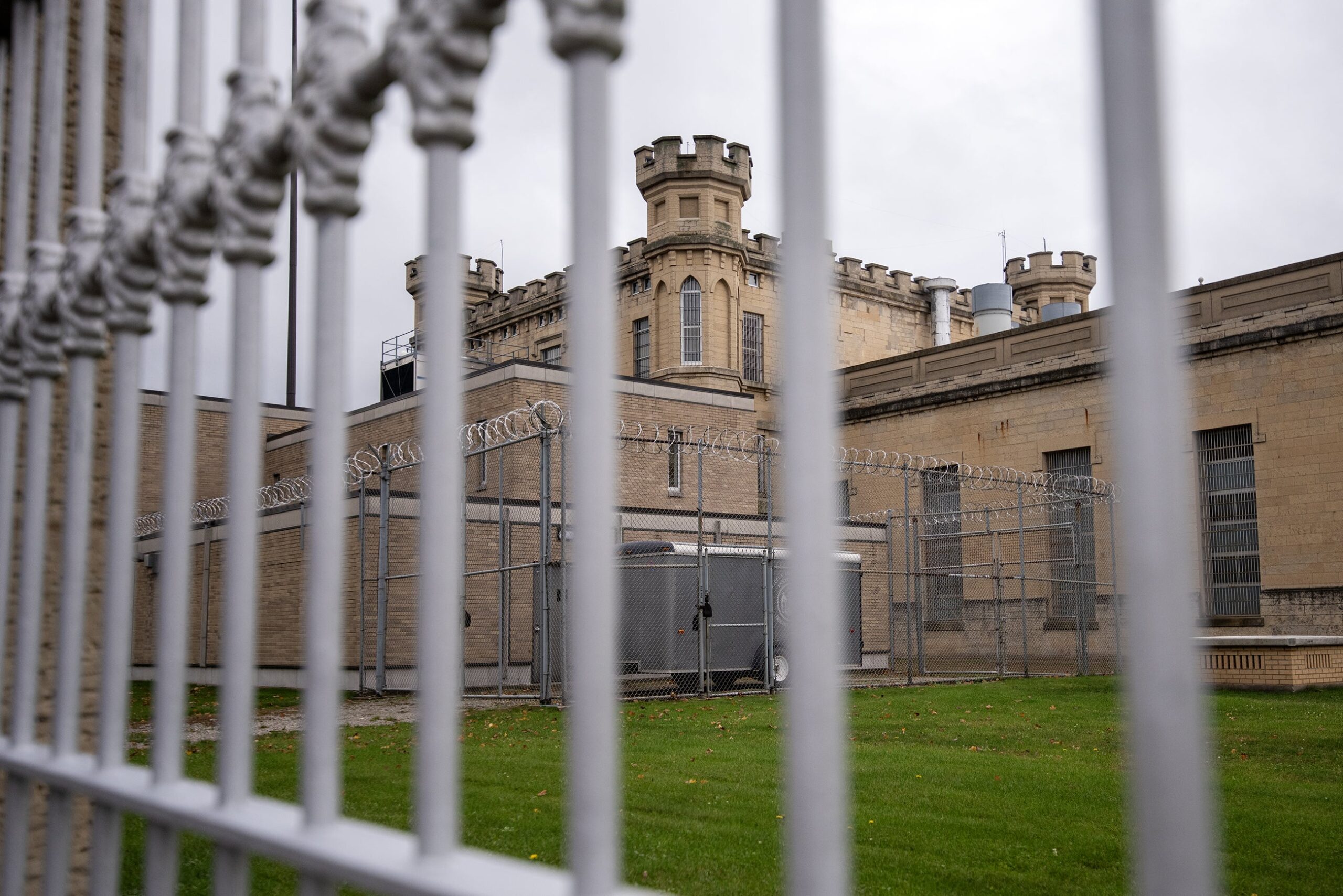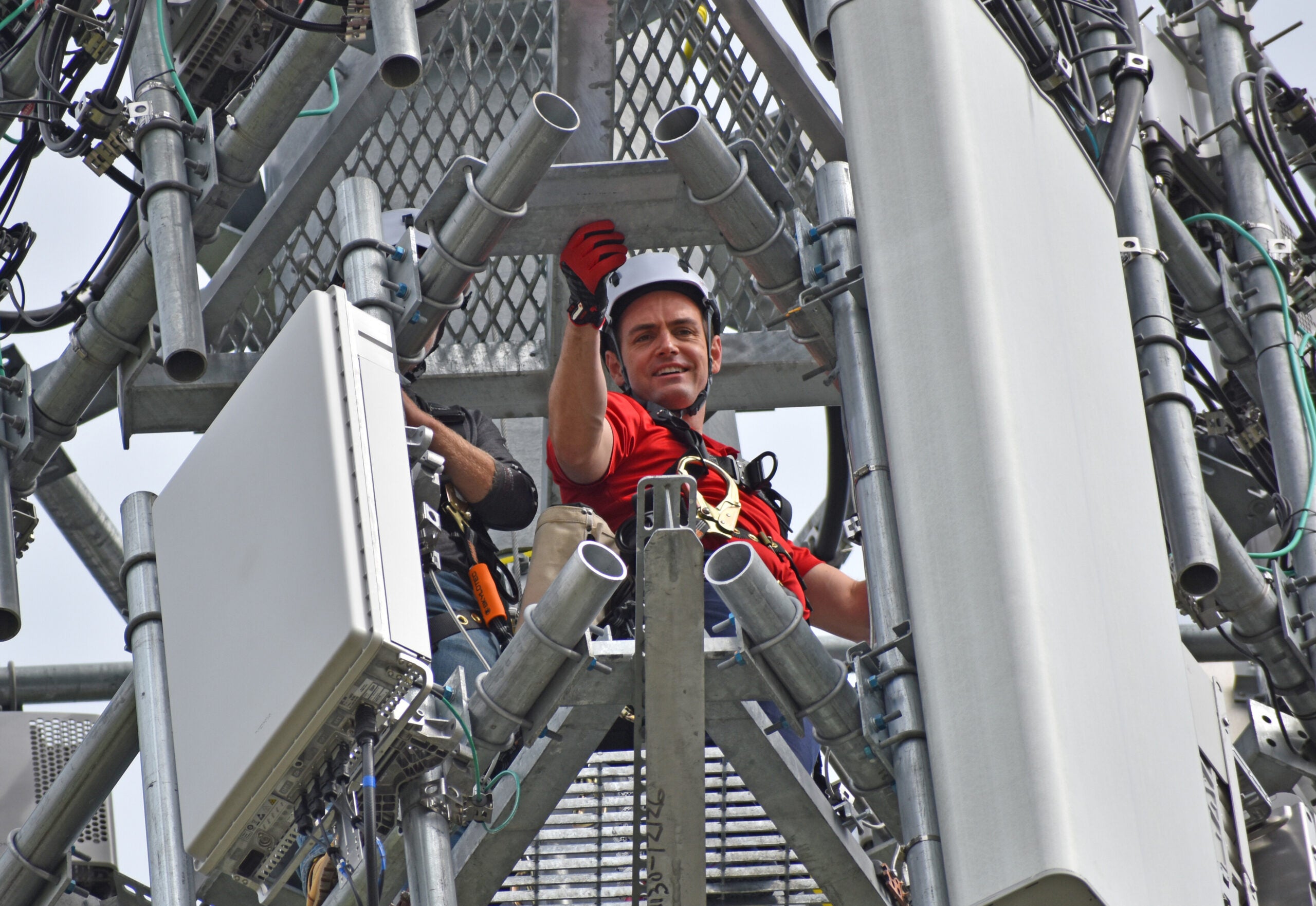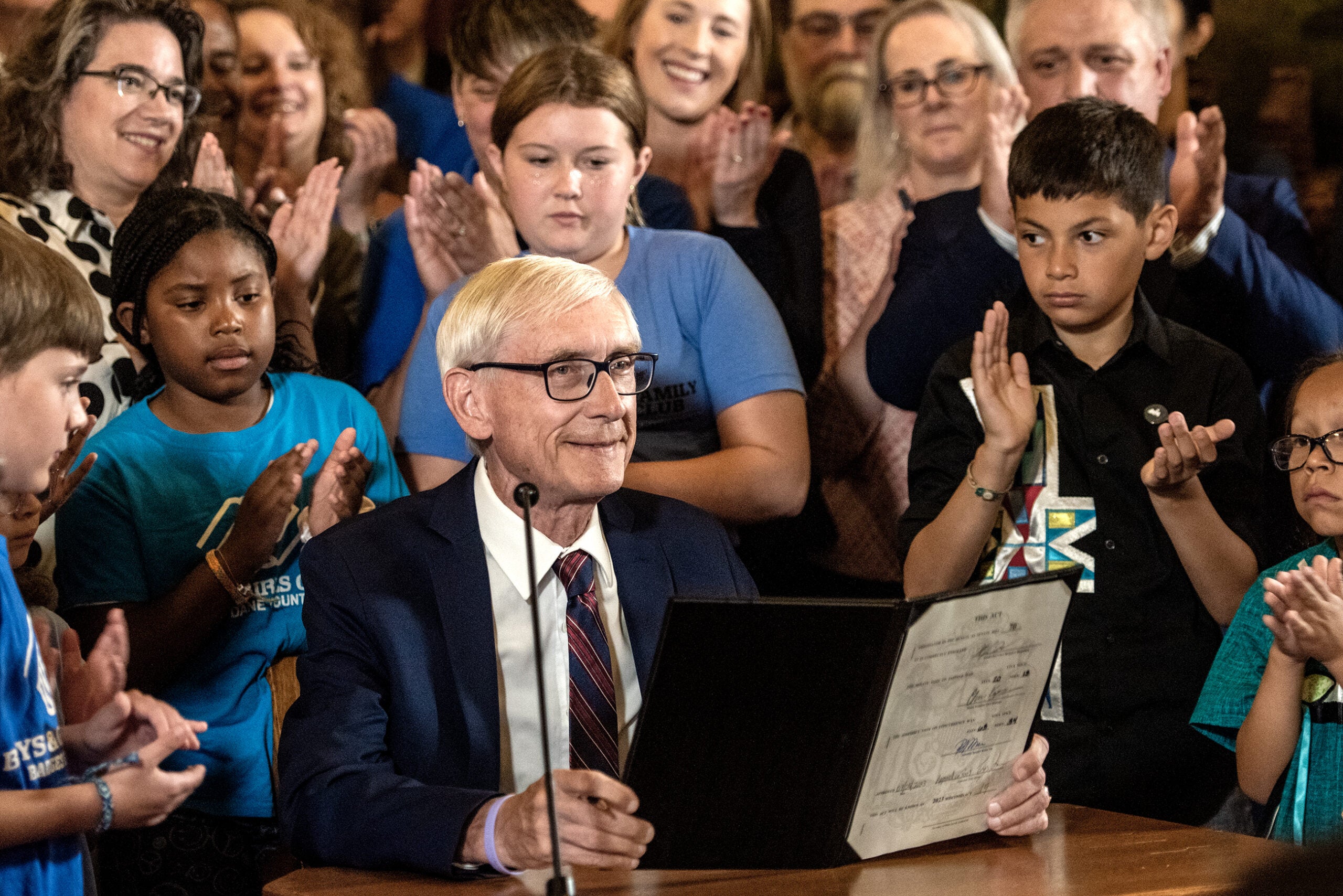Local governments now have less of a say where cell phone towers are built because of provisions tucked in the state’s biennial budget.
Cell tower placement has been controversial in parts of the state. Some communities have passed moratoriums to ban them or regulations that limit where they can be built.
But provisions added to the state’s biennial budget change that. Now, local officials have 90 days to decide cell tower permits or they’re approved automatically. They also keep local governments from banning towers in specific areas.
Stay informed on the latest news
Sign up for WPR’s email newsletter.
Dan Thompson is the executive director of the League of Wisconsin Municipalities (LWM), which opposed the changes. He says cell tower siting is an important issue to local governments and a one-size-fits-all approach doesn’t work.
“Local citizens ought to have a voice in this process,” says Thompson. “That’s what the local zoning process is all about, and that has now been essentially taken away from us by the state legislature.”
LWM asked Governor Scott Walker to veto the regulation changes in the budget but Walker ultimately kept them in. He says he has heard concerns about mobile and broadband coverage gaps, especially in rural areas, and streamlining regulations will help that.
“Being able to say to the people of our state … that there is a consistent availability to cell phone coverage and broadband coverage is key to the future,” says Walker.
The changes in how cell phone towers are regulated went into effect July 1.
Wisconsin Public Radio, © Copyright 2024, Board of Regents of the University of Wisconsin System and Wisconsin Educational Communications Board.

